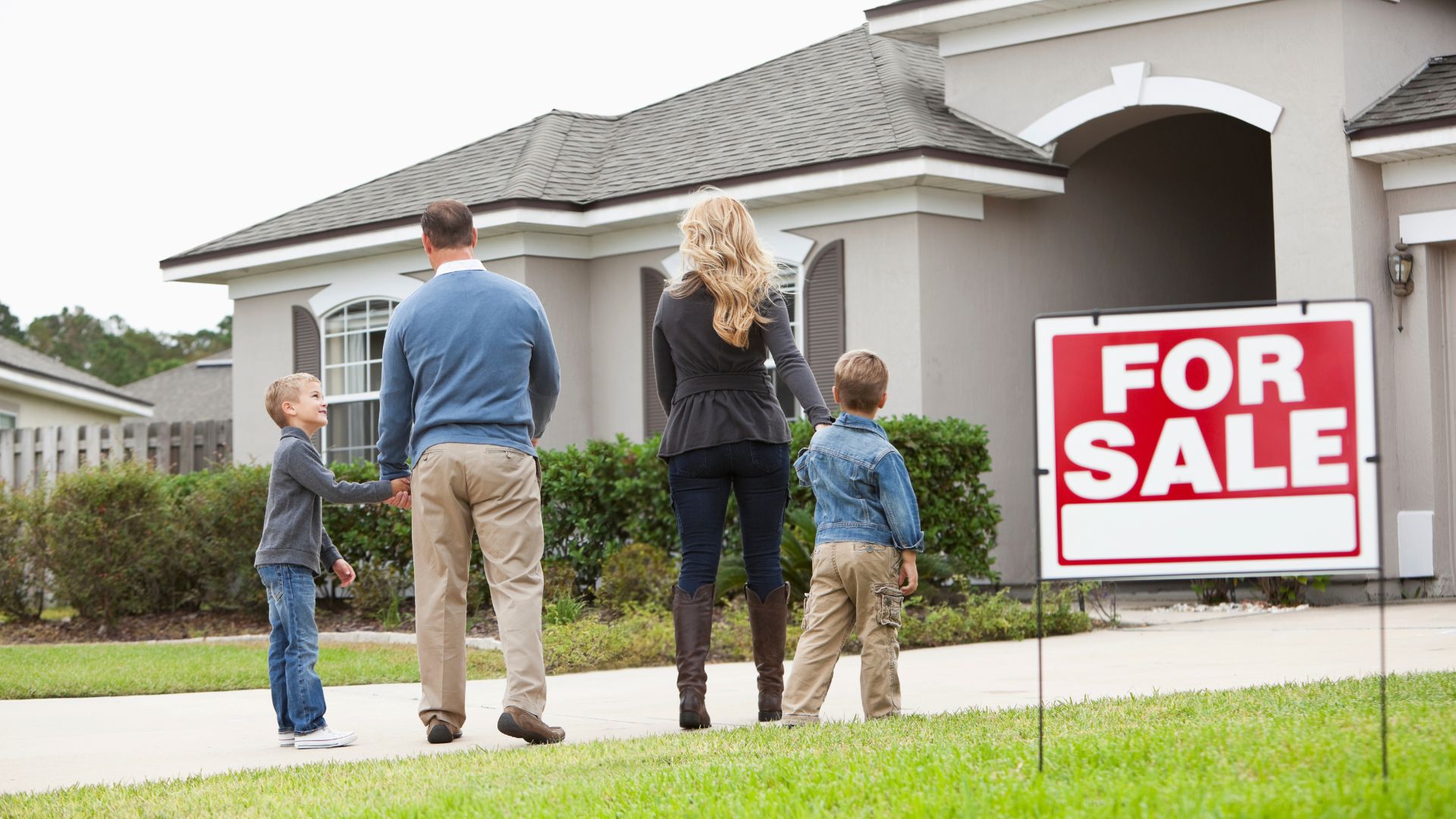Living in hurricane-prone areas demands special attention to your home’s durability, particularly the roof. A strong roof can be the difference between minor repairs and major damage after a storm. So, what’s the best roofing material for these regions? Let’s explore top options designed to withstand high winds, heavy rain, and debris.

Metal Roofing
Metal roofing is one of the best choices for areas affected by hurricanes and strong storms. Its sleek, interlocking panels provide excellent wind resistance, withstanding gusts of up to 140 mph or more, depending on the material and installation. Metal roofs are also highly durable and can last 50 years or more, making them a long-term investment.
Pros:
- Extremely resistant to wind and water damage.
- Lightweight yet durable.
- Fire-resistant.
- Energy-efficient, reflecting heat away from your home.
Cons:
- Higher upfront cost compared to other materials.
- Noise during rain or hail, although this can be reduced with insulation.
Clay and Concrete Tiles
Clay and concrete tiles are popular in coastal and hurricane-prone areas, particularly in states like Florida. While they are heavy, this can actually work to your advantage because it helps them resist the uplift pressures caused by strong winds. Modern tile roofing systems are designed to resist wind speeds of up to 150 mph, which makes them a reliable option for storm protection.
Pros:
- Heavy and durable, offering good wind resistance.
- Fire-resistant and long-lasting.
- Aesthetic appeal, especially in coastal and Mediterranean-style homes.
Cons:
- Expensive to install and repair.
- Fragile when walked on, making maintenance challenging.
- May require reinforced roof framing due to their weight.
Asphalt Shingles (Impact-Resistant)
Asphalt shingles are a common roofing material across the U.S., but not all types are suitable for hurricane zones. Impact-resistant shingles are specifically designed to withstand the high winds and flying debris that come with strong storms. Look for shingles that are rated for high wind speeds and have passed impact resistance tests (Class 4).
Pros:
- Affordable and widely available.
- Easy to install and repair.
- Comes in a variety of styles and colors.
Cons:
- Standard asphalt shingles may not provide enough protection, so it’s crucial to choose the impact-resistant variety.
- Shorter lifespan compared to materials like metal or tile.
Slate Roofing
Slate roofs are made from natural stone and are one of the most durable options available. Their heavy weight makes them highly resistant to wind uplift, and their dense structure provides excellent protection against flying debris. Slate can handle wind speeds of up to 110 mph and lasts over 100 years if maintained properly.
Pros:
- Exceptionally long lifespan.
- Excellent wind and impact resistance.
- Fireproof and eco-friendly.
Cons:
- Very expensive to install and repair.
- Heavy, requiring reinforced roof structures.
- Fragile when walked on.
Modified Bitumen Roofing (for Flat Roofs)
For flat or low-slope roofs, modified bitumen is a strong, storm-resistant material. It is composed of multiple layers, including a mix of asphalt and polymer, which gives it flexibility and durability. This roofing type can resist both wind and water damage, making it a suitable option for storm-prone areas.
Pros:
- Flexible and impact-resistant.
- Great for flat roofs and commercial buildings.
- Can last 20-30 years with proper maintenance.
Cons:
- Not suitable for steep-sloped roofs.
- Requires regular maintenance to prevent water pooling and leaks.
Important Features for Hurricane-Resistant Roofing
Beyond the material, the performance of your roof in extreme weather depends on several key factors:
- Proper Installation: Even the strongest roofing material will fail if it’s not installed correctly. Make sure to hire a contractor with experience in hurricane-resistant roofs.
- Roof Shape: A hip roof, which slopes on all four sides, tends to perform better in high winds than a gable roof, which has two sloping sides.
- Roof Anchoring: Ensure that your roof is securely fastened to the structure using hurricane straps or clips, which help hold the roof in place during strong winds.
- Waterproofing: Invest in underlayment or a waterproof membrane to prevent leaks from rain and storm surges.
Conclusion
Metal roofing is often the best choice for hurricane-prone areas due to its wind resistance and durability. Tile and slate are also good options if aesthetics matter and your home can support their weight. For budget-conscious homeowners, impact-resistant asphalt shingles offer a solid balance of cost and storm protection. Ultimately, the right material depends on your budget, local codes, and climate risks, so consulting a roofing professional is key.






